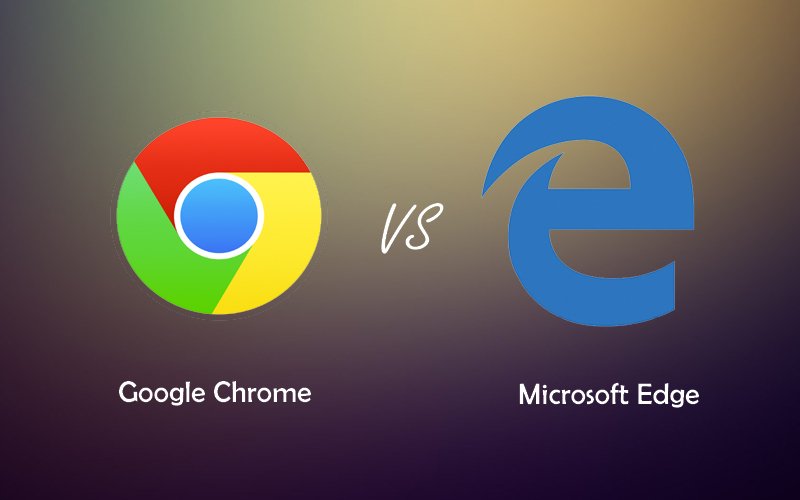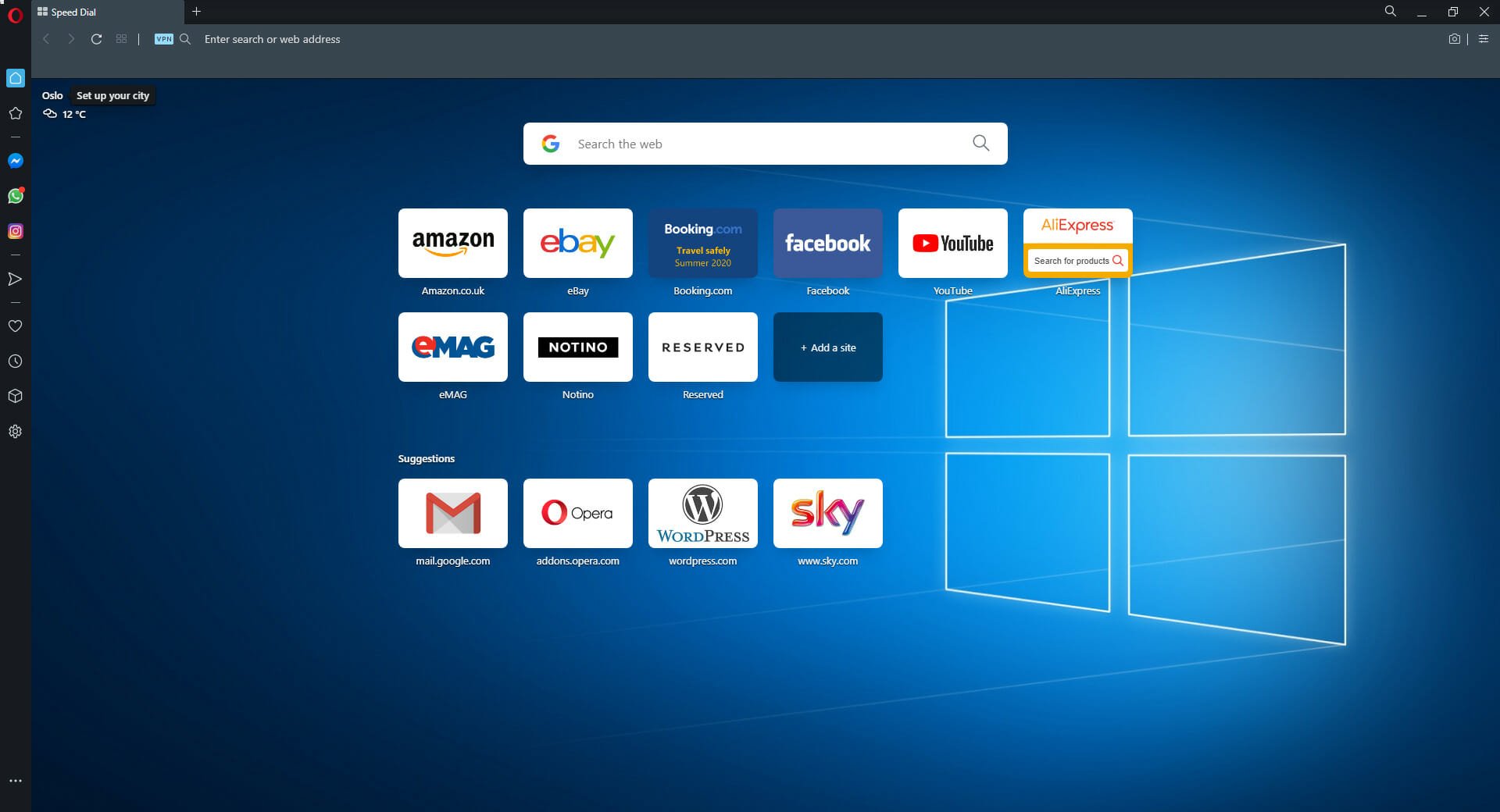
- #BEST BROWSER FOR WINDOWS 10 AFTER CHROME HOW TO#
- #BEST BROWSER FOR WINDOWS 10 AFTER CHROME SKIN#
- #BEST BROWSER FOR WINDOWS 10 AFTER CHROME FULL#
- #BEST BROWSER FOR WINDOWS 10 AFTER CHROME OFFLINE#
Edge came in last, with just 46 percent.Īll three browsers support the JavaScript engine WebGL for rendering interactive 3D graphics, but at varying degrees. On CSS 3, Firefox pulled ahead, with 55 percent of tests passed, while Chrome followed with 51 percent. Firefox got 467, while Edge scored just 402.
#BEST BROWSER FOR WINDOWS 10 AFTER CHROME HOW TO#
MORE: How to Make Chrome or Firefox Your Default Browser in Windows 10Ĭhrome leads the pack in HTML 5, with 526 out of 555 components met. The two benchmarks test, respectively, whether each browser recognizes all features of HTML5 or CSS 3 (a styling language), but not whether the standards are implemented correctly. I ran the HTML5Test and CSS3Test on all three programs, and found Edge trailing in both. Firefox and Chrome both met seven out of seven. For instance, Edge supports only five out of seven HTML5 capabilities tested in the Peacekeeper benchmark. Round 4: Standards supportĪll three browsers support common Web standards that most websites use today, but the browsers differ in extent of support.

Chrome takes this round with its extensions' sheer number, usefulness and ability to integrate with other Google services. When that happens, the Windows-maker will have a lot of catching up to do, especially in providing a similar number and variety of add-ons as its counterparts.

Microsoft has said that it expects to add extensions to Edge in the near future. For anyone who uses any of the Internet giant's services at all, Chrome's extensions will make life much easier.
#BEST BROWSER FOR WINDOWS 10 AFTER CHROME OFFLINE#
Some of Chrome's add-ons run offline and integrate with a variety of Google's existing services, such as Save to Google Drive and Tags for YouTube.
#BEST BROWSER FOR WINDOWS 10 AFTER CHROME SKIN#
I especially love that you can skin Firefox with one of thousands of theme add-ons. Firefox seems to be a little more geared toward power users, with specific categories for Web development, Tabs, and Privacy & Security. For instance, the Phone to Desktop Chrome add-on lets you send any text or links to your desktop browser, and the Text to Voice Firefox extension reads out words you highlight on any page.įirefox and Chrome both have tens of thousands of extensions, spanning categories such as Productivity, Downloads Management, Social & Communication, Search Tools, and Shopping. Round 3: Extensibilityīoth Chrome and Firefox have supported extensions for years, and these babies can really enhance your Internet experience. Mozilla's browser takes the prize because of its customizability and easy sharing function. Edge only has Select All, Inspect Element and View Source in the same scenario. If you right click any blank space on Firefox or Chrome, your menu options are plenty, including going backward and forward, reloading, printing (Chrome), translating to English (Chrome), and sharing the page (Firefox). With icons for Reading mode, Favorites, Hub, Make a Web Note, Share and More actions on the right side, Edge's top bar is more cluttered than Chrome's. Chrome is the cleanest, however, with just buttons for back, forward, refresh, favorite and settings in addition to a search/URL bar that takes up the width of the screen.Įdge has a flat, modern aesthetic that helps it look minimalistic despite the extra buttons it has at the end of the search/URL bar. Thoughtful organization makes going to your favorite pages hassle-free, and keeps distracting buttons out of sight.Īll three browsers save space by putting the tabs up at the top of the window in lieu of a title bar.

The best browsers are laid out in an intuitive manner, putting key controls within easy reach while reducing clutter on the screen.
#BEST BROWSER FOR WINDOWS 10 AFTER CHROME FULL#
MORE: Windows 10: Full Review Round 2: Layout and ease of use Though it faired poorly on a couple of synthetic tests, Edge processes JavaScript fastest and displays pages the fastest of the lot.

Edge displayed in 1:55 seconds, faster than Chrome's 2:22 and Firefox's 4:90. To make sure Internet speeds didn't affect the results, I repeated this test across two different days at different times.Įdge delivered the fastest speeds in general, loading in 4.45 seconds, compared to Chrome's 4:67 and Firefox's 4:59. Page Load Times (Numion): I also timed, using the Numion stopwatch, how long it took Edge, Chrome and Firefox to display media-heavy sites such as and. Chrome took the lead here, notching 5,591 against Firefox's 4,308 and Edge's measly 2,882. Browsermark: This benchmark tests a variety of browser functions such as re-sizing screens, 2D and 3D performance, crunching numbers, and rendering graphics.


 0 kommentar(er)
0 kommentar(er)
